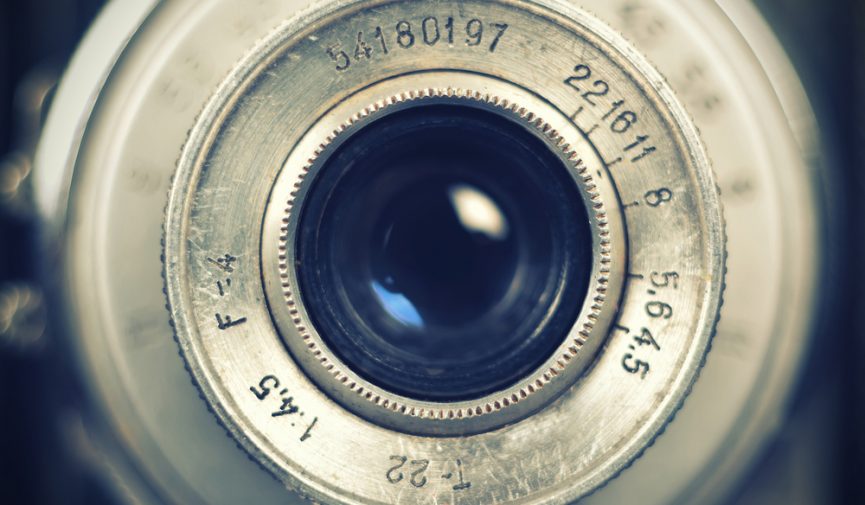
In 1849, two enslaved people were stripped naked and photographed, their images to be published in a racist study meant to prove the validity of white supremacy. Their daguerreotypes were forgotten and rediscovered in 1970 in a Harvard library, and are now the cover of a Harvard anthropology textbook, which can be bought here for $40. 170 years after the pictures were taken, a woman named Tamara Lanier, who claims ancestry back to those two slaves, has sued Harvard for maintaining ownership over her ancestor’s image. Since the photos were taken without consent, she argues, they are “spoils of theft.” Ultimately, the case was dismissed by a judge, who wrote, “the law, as it currently stands, does not confer a property interest to the subject of a photograph regardless of how objectionable the photograph’s origins may be.” Is the law that keeps a slave’s image in the hands of his oppressors just?
In 2012, a then up-and-coming model named Emily Ratajowski posed nude for a photographer with the intent that those images be used in a magazine. Years later, the photographer published hundreds of unrelated nude photographs from said shoot in a book without Ratajkowski’s consent. While the legality is blurry, one thing is clear: a man with a camera is benefiting off of a woman’s body because he claims ownership over the picture, which simultaneously gives him ownership over her public image. Years later, in 2019, Ratajowski posted a photo of herself holding a bouquet of flowers over her face on her personal Instagram. She was shortly sued by the member of the paparazzi who took the photo. Despite the image being of herself, she did not (and still does not) own it. Rather, the man behind the camera does.
Copyright over an image is owned by whoever clicks the camera shutter. This copyright enforces that an image is a photographer’s intellectual property, and they are allowed to reproduce, publish, and display it as long as they have a release form from their client. (In Ratajowski’s case, she claims that her agent signed a release form for a singular magazine publication, not for the photographer’s book of nudes.) While this law is enforced to protect the rights of artists and their work, it is important to evaluate their validity in a world where one’s public and personal identity is so irrevocably tied to their physical image. By capturing one’s image, a photographer takes more than just a photo: a piece of oneself has been taken away to be used for a purpose not privy to the subject’s desires. One possible way to shift away from this interpretation of photography and privacy law is to recognize that the way a person chooses to perform in a photo is their intellectual property, the same way a photograph is a photographer’s intellectual property.
Putting the rights to an image in the photographer’s hands without discretion leaves room for both explicit and implied abuses of power. The photographer who later published photos of Ratajkowski without her consent sexually assaulted her the night after the photoshoot while she was intoxicated. The slave owners who took photos of the slaves considered them as property, not as human beings. While the abuse of a subject’s image does not always correlate to the abuse of their body and mind, there is an undeniable correlation.
In this age of information, we need a sweeping shift in privacy and ownership laws which gives more rights to the photographed rather than the photographer. As the lines dividing our real and portrayed lives blur and converge, our determinations of what is intellectual property must change as well, so that people are not so easily exploited and trapped by the click of a camera.



